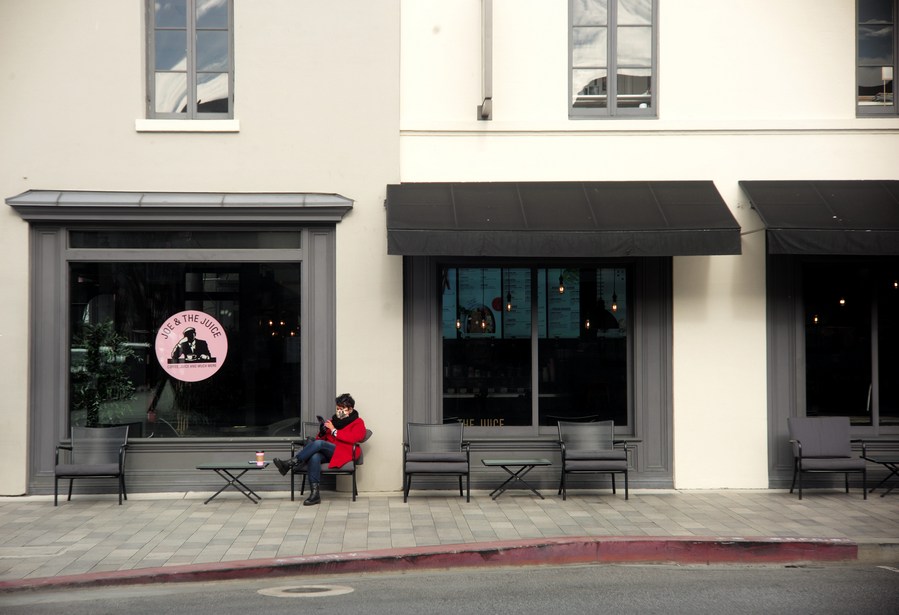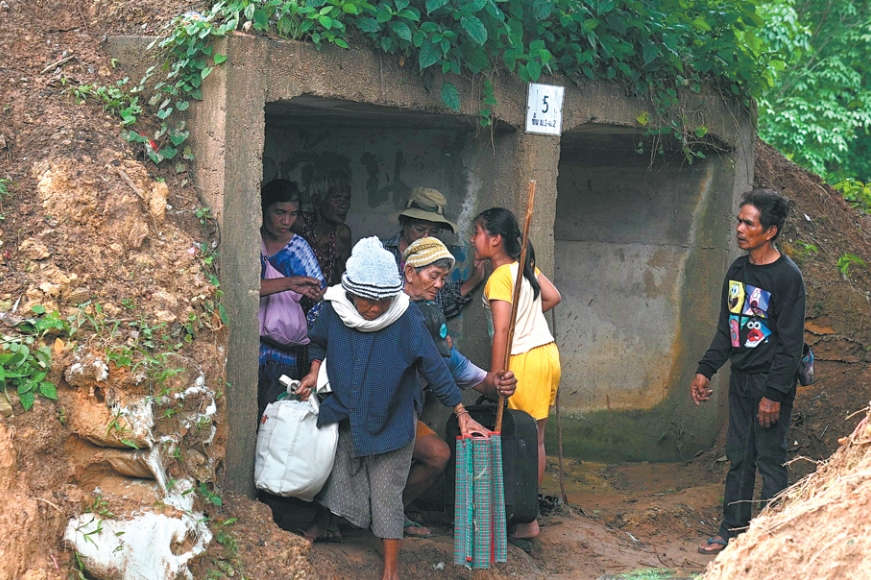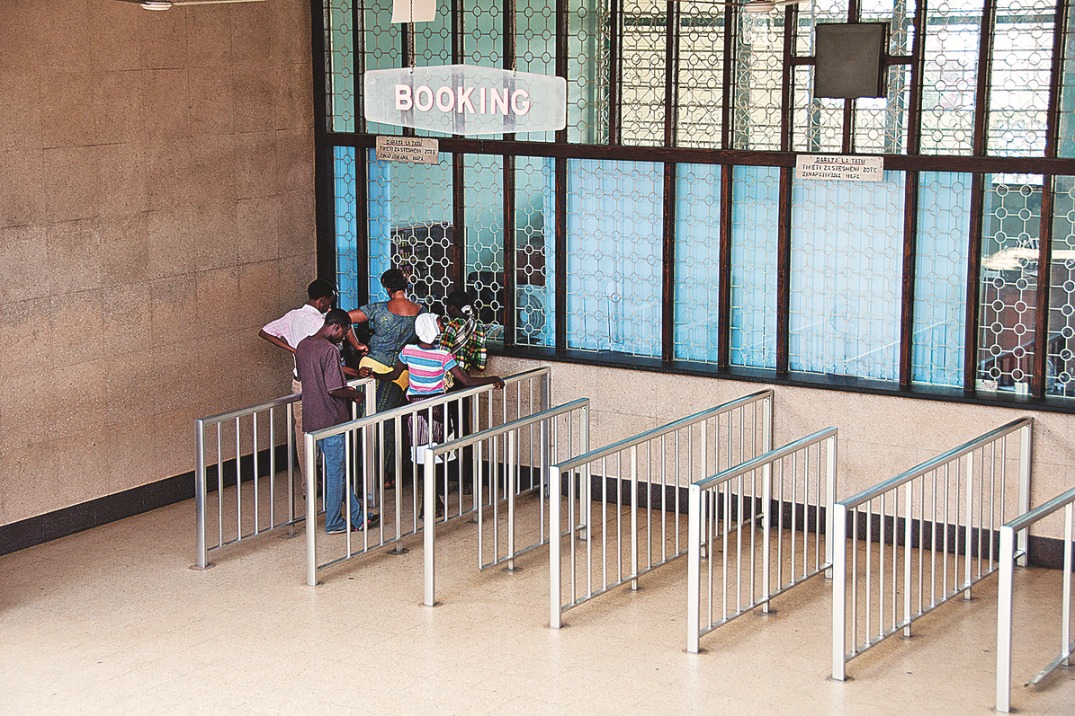CDC: US life expectancy drops 1 year


As the death toll of Americans from COVID-19 approaches 500,000, a government report on Thursday said that in the first six months of the pandemic in 2020, life expectancy for the US population fell by a full year, with black people losing nearly three years and Hispanic people nearly two.
The preliminary estimates were released in a new report from the Centers for Disease Control and Prevention (CDC). The data show life expectancy — the most basic measure of the health of a population — at birth for the total US population fell in 2020 by one year to 77.8 years, the lowest since 2006 and the largest drop in life expectancy in the country since World War II.
"This is a huge decline," Robert Anderson, who oversees the numbers for the CDC, told The Associated Press, "You have to go back to World War II, the 1940s, to find a decline like this."
Life expectancy for black people declined the most in 2020 — by 2.7 years, to 72 years — the lowest since 2001. Latinos experienced the second-biggest decline, falling 1.9 years since 2020 to a life expectancy of 79.9 years, lower than when it was first recorded in 2006, and 0.8 year for white people, to 78. The preliminary report didn't analyze trends for Asian or Native Americans.
"I knew it was going to be large, but when I saw those numbers, I was like, 'Oh my God,'" Elizabeth Arias, the federal researcher who produced the report, told The New York Times of the racial disparity. Of the drop for the full population, she said, "We haven't seen a decline of that magnitude in decades."
The life-expectancy gap between black and white Americans, which had been narrowing, is now at six years, the widest it has been since 1998. The disparities highlighted in the study add to mounting evidence of COVID-19's disproportional impact on blacks and Latino people, health experts said.
Other health experts said the decline in life expectancy shows the impact of COVID-19 not just on deaths directly due to infection but also from heart disease, cancer, drug overdoses as well as other diseases that accompanied the outbreak.
"What is really quite striking in these numbers is that they only reflect the first half of the year. I would expect that these numbers would only get worse," Dr Kirsten Bibbins-Domingo, a health-equity researcher and dean at the University of California, San Francisco, told The Associated Press.
The life-expectancy drop isn't likely to persist because deaths from the virus are easing, and the population is slowly getting vaccinated, said the health experts.
The last time a pandemic caused a major decline in life expectancy was 1918, when hundreds of thousands of Americans died from the flu pandemic. Life expectancy declined by 11.8 years from 1917 to 1918, Arias said, bringing average life spans down to 39 years. But it fully rebounded the following year as deaths eased.
Life expectancy represents the average number of years that a newborn is expected to live if current death rates do not change. Declines in developed countries are rare, but the US experienced them from 2014 to 2017 as the opioid epidemic took its toll. Before that, demographers hadn't seen a decline since 1993, during the AIDS epidemic.
Even if such a rebound occurs, the social and economic effects of COVID-19 will linger, researchers noted, as will the disproportionate effects on the black and Latino communities, health experts said.
"It was disturbing to see that gains that have been made for the black community and decreasing the gap between life expectancy for African Americans and (white) Americans over the past six years had come to a halt," Dr Leon McDougle, president of the National Medical Association, told USA Today.
Dr Mary Bassett, a former New York City health commissioner and professor of health and human rights at Harvard University, told the Times that unless the country better addressed inequality, "we may see US life expectancy stagnate or decline for some time to come" and that overcrowded housing and inadequate virus protections for low-wage workers will only exacerbate that trend.
Black Americans are hospitalized with COVID-19 at 2.9 times the rate of white Americans and die at 1.9 times the rate, according to CDC data. Latinos are hospitalized at more than three times the rate and die more than twice the rate of white Americans.
While the life expectancy gap between black, Latino and white populations was narrowing before the pandemic, overall life expectancy was steadily declining because of a variety of public health issues, Michal Engelman, associate professor of sociology at the University of Wisconsin-Madison, told the Times.
"This has been an issue of concern for a while, that we weren't making progress and we were sliding a little bit backwards," she said. "After a couple of years of worrisome declines, we dropped as a country a whole year just in the first half of 2020."
This is the first time the CDC has reported on life expectancy from early, partial records; more death certificates from that period may yet come in. It's already known that 2020 was the deadliest year in US history, with deaths topping 3 mil"Black and Hispanic communities throughout the United States have borne the brunt of this pandemic," said Bibbins-Domingo at the University of California.
They are more likely to be in front-line, low-wage jobs and living in crowded environments where it is easier for the virus to spread, and "there are stark, pre-existing health disparities in other conditions" that raise their risk of dying of COVID-19, she said.

































